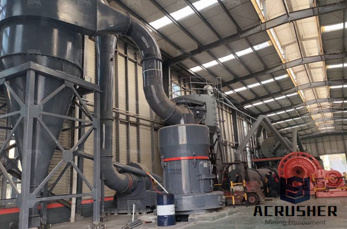 WhatsApp)
WhatsApp)
Like oil and natural gas, coal is a fossil fuel. It started forming over 350 million years ago, through the transformation of organic plant matter.

According to the current state of knowledge, coal is produced in nature by the socalled "carbonization" of plant parts. The biological material is initially ...

Did you know that each person uses tons of coal annually? Did you also know that coal, as a fossil fuel, comes from a source that was once...

Accumulated, compacted and altered plants form a sedimentary rock called coal. It is not only a resource of great economic importance, but a rock of intense ...

science Learn with flashcards, games, and more — for free.

Peat, and therefore coal, is formed from the remains of plants which lived millions of years ago in tropical wetlands, such as those of the late Carboniferous period ...

The branch of geology that has the greatest economic importance worldwide is the study of fossil fuels (coal, oil and natural gas): they form by diagenetic processes ...

Coal formation is a very controversial issue in the creation vs. evolution argument, and one that has been under debate for many years. Secular (or uniformitarian ...

Today, coal formed by these processes is often found layered between other layers of sedimentary rock. Sedimentary rock is formed when sand, silt, clay, and similar ...

What ar Fossil fuels? learn about the formation of fossil fuels, the various stages of coal formation, Study about the formation of fossil fuels such as coal and ...

Coal formation begins in swamps and bogs as vegetable matter changes into the only rocks that burn. Learn about the stages of these rocks that change from peat to ...

On the Formation of Coal. The Contemporary Review (1870) Collected Essays VIII [137] The lumps of coal in a coalscuttle very often have a roughly cubical form.

Coal: find all the articles, files, ... large forests were successively buried, resulting in the formation of coal over millennia. At ...

While burning coal today causes Earth to overheat, about 300 million years ago, the formation of coal brought the planet close to global glaciation. For the first ...

Coal is principally derived from plant material, so in order to form coal, a plentiful source of plants is needed. Because dead plant material is

The majority of fossils recovered in Cape Breton can be traced to coal areas or coal fields. Fossils have been found ranging from whole or partial tree trunks and ...

Plant materials buried under sediments decay to form peat, a compressed mass of ...

Formation of coal, petroleum and natural gas

Coal is a biological sedimentary rock that forms from plant debris.

Formation of Coal Coal is considered a Fossil Fuel. Coal is an organic sedimentary rock which forms from the decaying of plant materials such as moss, ferns and parts ...

Jul 25, 2010· Designing a system of mining to suit the split seams in the Northumberland coal field. Analysing the small detail reveals how it was formed.

How is coal formed? The environments or conditions under which these coals were formed: anthracite coal, bituminous coal, lignite? Coal formed millions of years ago ...

How Did Coal Form? Coal is the compacted and preserved remains of plant matter. Although most plant matter decomposes where it falls, when plant life containing ...

Formation of Coal Download as PDF File (.pdf), Text File (.txt) or read online. Original Journal article regarding the formation of caol
 WhatsApp)
WhatsApp)